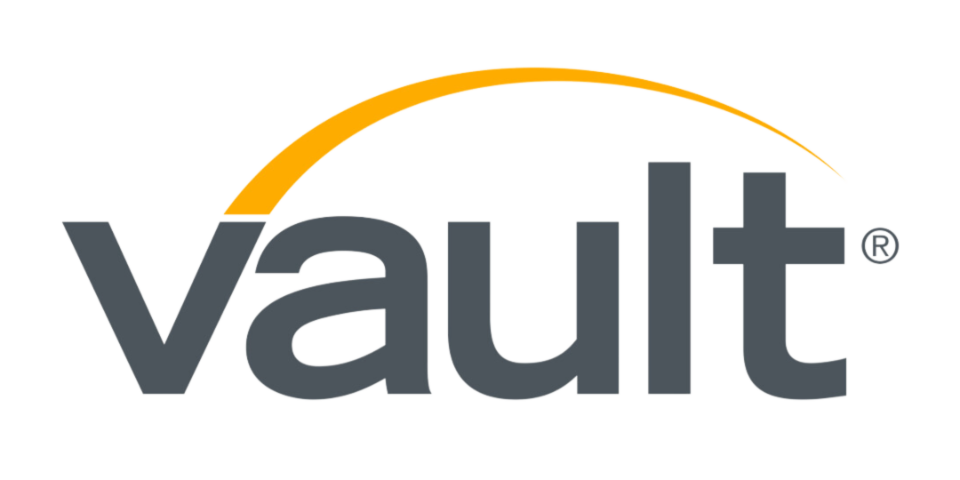The Dos and Don’ts of Crafting a Creative Résumé
Published: May 11, 2017

Although in most industries it’s safe to stick to a traditional résumé format, those in creative industries like graphic design, fashion, or film can benefit from using a more imaginative and non-traditional résumé. If you want to pull off a creative résumé successfully, here are some of the dos and don’ts to keep in mind.
Do…
Think about your personal brand
Before you get started on your résumé, spend some time thinking about your personal brand and what message you want to convey to prospective employers. What are you passionate about? What are your top qualities, strengths, and skills? What are your professional aspirations?
Once you’ve defined your personal brand, putting your résumé together will be a whole lot easier since you’ll know exactly what you’re looking for as well as what you bring to the table.
Show off your strengths
If you’ve decided to go with a creative résumé, this is your chance to show employers what you’re good at and why they should hire you, so think about the best way to highlight your specific skill set.
For example, if you’re a graphic designer, a résumé designed to look a bit like a webpage could grab their attention, or you could even include a link that directs employers to your own website, so they can see firsthand what you’re capable of.
Stay true to yourself
Letting your personality shine through is important with any kind of résumé, but even more so when you’re drafting a creative one. Copying someone else’s design or using a style you aren’t totally comfortable with will not work if it doesn’t showcase who you are.
For example, if you’re a naturally funny person, including some humor on your résumé might help you stand out, whereas if you’re just doing it because you heard that it worked for someone else, it would likely just feel forced and awkward.
Research the company
Before sending your résumé to any company, whether creative or not, you need to know a bit about it and the type of people who work there. Start your research by visiting the company’s website and social media pages. Do the posts and comments seem fun and laid-back or more formal in nature?
If the company has a fairly formal work culture, sending an outlandish résumé might seem out of place, whereas if it’s a more casual and relaxed work environment, a creative résumé could show hiring managers that you’re a good fit for the team.
Don’t…
Get carried away
Whether you’re creating an infographic or video résumé, it’s important to make sure it’s well organized and easy for hiring managers to read, so don’t get carried away with crazy colors, fonts and gimmicks. Make sure essential information is well organized and separate it into digestible chunks by using columns, bullet points, and plenty of white space so it doesn’t end up looking cluttered or confusing.
If you’re doing something with video, remember to keep it short and sweet—about the length of an Instagram video. If you need to include more information, you can always send a more traditional résumé along with your application.
Include irrelevant information
Ideally, your résumé should be no longer than a page or two, so try not to clutter it up with information that isn’t relevant to the job. If you have work experience that isn’t relevant, either look for a way to highlight transferrable skills, or if it was a shorter job stint, just leave it off your résumé altogether.
Putting your work history in years rather than months can help you eliminate shorter employment gaps on your résumé, and you can always explain your reasoning in more detail during the job interview.
Turn to clichés
Clichés are the exact opposite of what you should use, because they’ll make you look unimaginative rather than creative. Clichés can also include overused phrases like “Team Player,” or “Thought Leader.”
Instead, look for ways to show employers or hiring managers that you are all of these things. For instance, if you want to emphasize your ability to work together with others, highlight team projects you worked on or include examples of times when you worked well with others on your team.
Marianne Stenger is a writer with Open Colleges one of Australia’s leading online education providers. She covers everything from life hacks and career development to learning tips and the latest research in education. You can connect with her on Google+ and Twitter or find her latest articles here. For another article on creative resumes, check this one out by Marianne.
